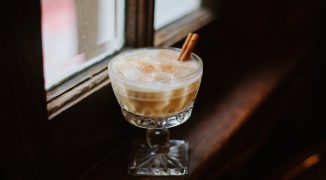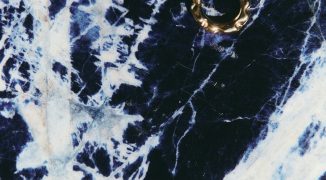Liquor logos have more meaning than catching your eye on a well-stocked shelf. Many of them represent what’s important to the brand and distillers, what inspires their practice and what they’re drawn to visually. The logos encapsulate a brand’s history and the guiding vision for their future. In this list, we take a closer look at five of the most well-known and compelling liquor logos to learn the story behind the symbol.
Jägermeister
Many legends exist about Jägermeister liqueur, most of which stem from their logo — a circle containing a stag with a cross between his antlers. For years, people believed the German liqueur was made with the blood of a stag, a rumor that’s since been dispelled. Others have interpreted the image to be a depiction of the saying, “Oh, dear God!,” but that’s also untrue. In reality, the logo represents Saint Hubertus, a 7th century German hunter and the patron saint of hunters. Rather than being at a worship service, Hubertus was wandering the woods on Good Friday, not long after the death of his wife. He converted to Christianity upon perceiving a crucifix between the antlers of a stag he was pursuing on the hunt. The founder of Jägermeister’s son, Curt Mast was a devout hunter. When he took over his father’s business, salvaging the brand and making the product that’s internationally known and loved today, he dedicated it to honored practice of hunting. In turn, he marked the new product with the image of Saint Hubertus’s stag as an homage to Jägermeister’s dedication to quality and tradition.
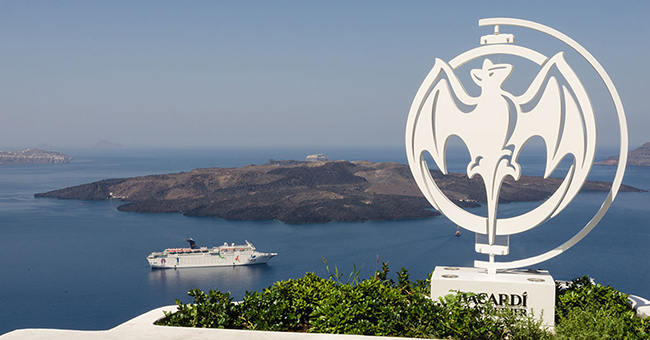 One of the founders of Bacardí believed the fruit bats in their distillery to be good luck, which is why the bat still flies as the brand’s logo. Photo via Wikimedia Commons by Norbert Nagel.
One of the founders of Bacardí believed the fruit bats in their distillery to be good luck, which is why the bat still flies as the brand’s logo. Photo via Wikimedia Commons by Norbert Nagel.
Bacardí
Little known fact — bats are a symbol of good fortune. This may come as a surprise to those of us who draw images of vampires to mind at the sight, sound or mention of a bat. At the very least, Doña Amalia Bacardí, wife to the Bacardí founder, believed this ancient lore to be true, and after she discovered fruit bats at the family distillery in Santiago, Cuba, she declared that the animal should represent the brand to bring them good fortune and ward off hardship. Francisco Carrera-Justiz, a fifth generation member of the Bacardí family supposed the fruit bats were attracted to the distillery by the enticing smell of molasses, but it doesn’t seem far-fetched that perhaps they brought luck. Bacardí is, after all, the world’s largest family-owned and privately held spirits company.
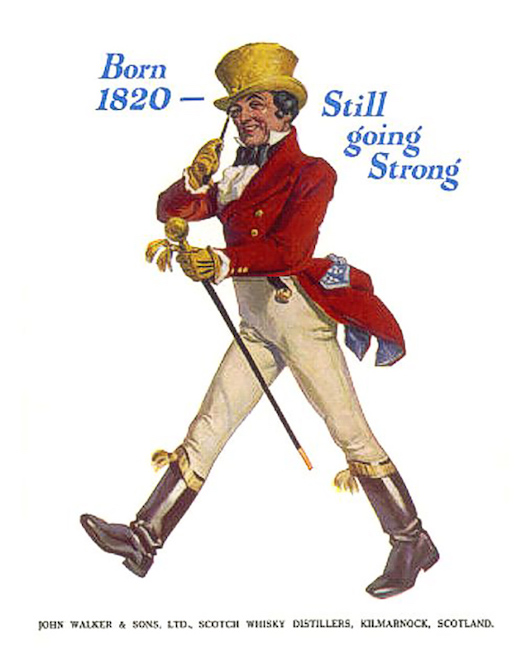 Johnnie Walker’s signature Striding Man represents progress in the face of adversity. This iteration is the original cartoon drawn by Tom Browne. Photo via Wikimedia Commons by Tom Browne.
Johnnie Walker’s signature Striding Man represents progress in the face of adversity. This iteration is the original cartoon drawn by Tom Browne. Photo via Wikimedia Commons by Tom Browne.
Johnnie Walker
John Walker took over his family’s grocery business in Kilmarnock, Scotland as a 14-year-old in the year 1819. He was a master of blending teas, and as a side project, he applied this ability to create more consistency in Scotch whiskies that were distilled at the time as single malt. When railways were built in Kilmarnock, John began wholesale selling throughout Scotland. When John passed away in 1857, his son Alexander took over the business. Alexander went on to design a bottle that would be less likely to roll and break when exported by sea — the square bottle, later adding a label laid at an angle to attract buyers. He then made a promotion for commission deal with international ship captains, and the whisky spread throughout the world, making it one of the first brands to go global. To represent Johnnie Walker’s progressive philosophy and determination for success, famed illustrator Tom Browne drew the “Striding Man,” and this image went on to become their logo paired with the tagline, “Born in 1820. Still going strong.” In time, the Striding Man shifted from being a detailed cartoon to a more minimalistic silhouette of a man.
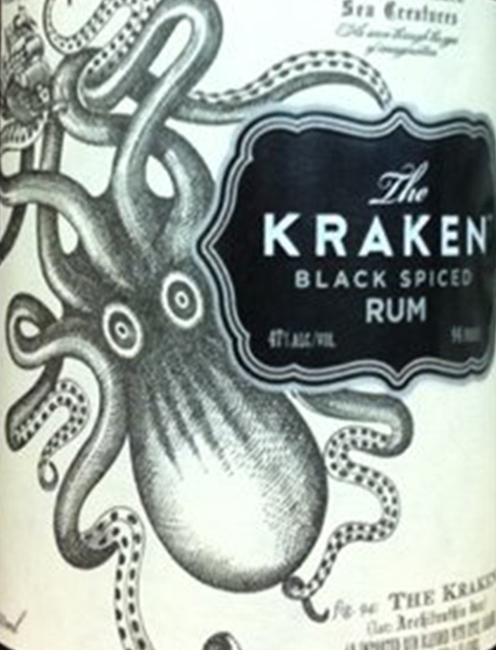 The story of Kraken Rum is a chilling one — a story of behemoth monsters of the sea and a ship of sailors who were never seen again. Photo via Flickr by Rob Wynne.
The story of Kraken Rum is a chilling one — a story of behemoth monsters of the sea and a ship of sailors who were never seen again. Photo via Flickr by Rob Wynne.
The Kraken Black Spiced Rum
The Kraken Black Spiced Rum logo speaks to mystery, legend and terror, for theirs is a “horrid tale.” According to Kraken lore, a ship carrying one of the largest shipments of black spiced rum ever to sail from the Caribbean islands never docked at its due destinations — nor were any members of its crew ever found. Stories surfaced of a gargantuan squid, the Kraken, wrapping its behemoth tentacles around the ship and dragging it deep into the depths of the sea and its sailors into the belly of the beast. In tribute to the fleet that was long since lost at sea, the Kraken bottle features the vicious ocean monster, with the ill-fated ship wrapped tightly in its powerful tentacles — a compelling warning that Kraken is not for the faint of heart.
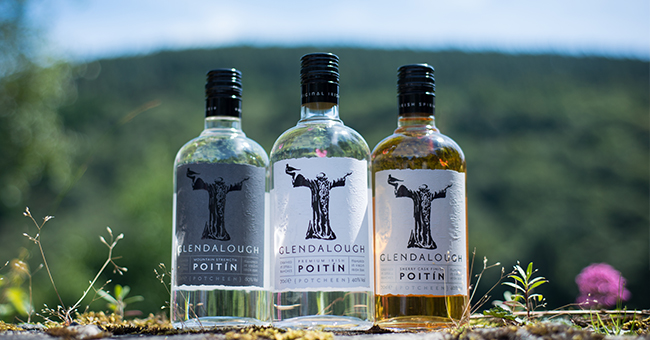 The mission of Glendalough Irish Whiskey is to represent the heritage of Irish Poitín distilling. Photo by Barbara Crealdi Photography.
The mission of Glendalough Irish Whiskey is to represent the heritage of Irish Poitín distilling. Photo by Barbara Crealdi Photography.
Glendalough Distillery
On each bottle of Glendalough Irish whiskey, gin and poitín, St. Kevin is featured with his enrobed arms outstretched wide and hands turned up toward the sky, a blackbird nestled into his right palm and the bird’s eggs in his left. The story of Glendalough itself revolves around the history of St. Kevin. He was the son of Irish royalty but a man of conviction. In 518 AD, he disappeared into the mountains to become one with the wild. For seven years, he lived alone alongside nature, ultimately becoming so entrenched in the earth that, “he was the tree a blackbird laid her eggs in.” According to legend (and a Seamus Heaney poem), he stood tall for 13 days and nights until they hatched and another 13 until they fledged. The distillery’s purpose revolves around Irish pride, so according to their video about the saint, they put his image on their bottles to “remind us that the beginning is the most important part of our work.” It also represents the value of forging one’s own path and seeking success independent of anyone else’s expectations.



